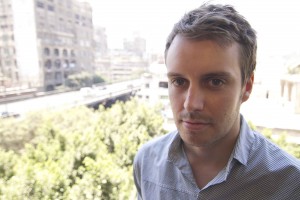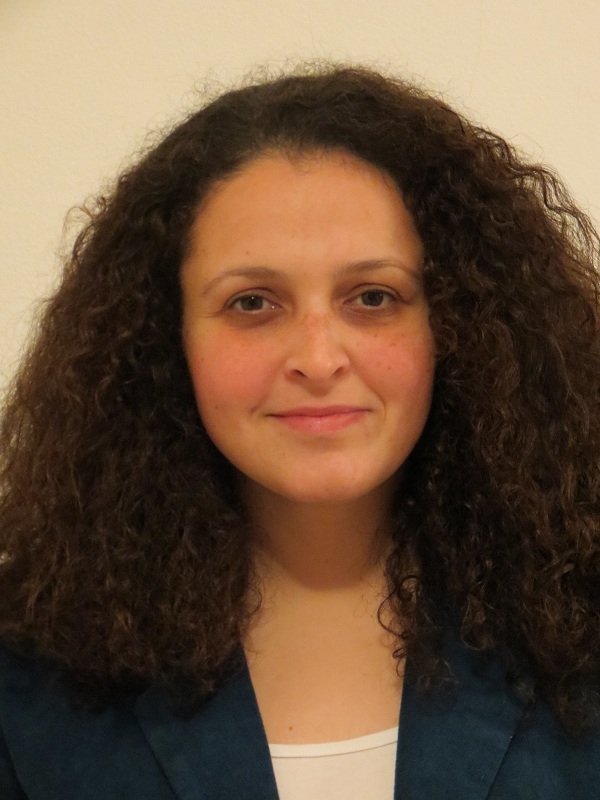
By Josh Drake
Egypt has rarely been a happy hunting ground for urban planners, and right now Cairo is a frightening beast, each day growing larger, louder, dirtier and more unstable. It’s a city bursting at the seams; having developed wildly beyond its infrastructure thresholds, its basic foundations are creaking under immense strain.
The water network is old, not only are pipes too small to deliver daily demand in many districts, almost half of the city’s domestic supply is lost to leakages. While the problem needs to be addressed, simply digging up and re-laying these networks is an option far too expensive and impractical.
The sprawling pattern of outer city housing development over the past 60 years has reduced the population’s access to services and contributed to an over-reliance on car travel, increasing road congestion.
These transport inefficiencies have a causal relationship with the thick black cloud that engulfs the city, forcing the average Cairene to inhale 20 times more than the World Health Organisation’s acceptable level of air pollution each day.
Housing quality in inner areas remains very poor and is characterised by decaying materials, cramped conditions and bad design. The failure of governments to provide affordable, viable housing has led a significant number of Cairenes to build their own homes illegally, in so-called ‘ashwa’eyat’ areas, (meaning random or haphazard informal settlements). Approximately 80% of the city’s residents now live in this kind of housing.
Despite a myriad of urban problems, entrenched and interconnected, Cairo admirably keeps its head above water. Somehow the city manages to get through each day and somehow it manages to retain and attract new inhabitants by the millions.
The city’s enduring appeal is also part of yet another looming problem: a high population growth rate. According to the 2008 government’s ‘Cairo 2050’, the Greater Cairo Region will become home to another 22 million people by 2050, bringing the total population to an incomprehensible 38 million, an estimate which conforms with the general consensus of population projections amongst the most well reputed demographics agencies. Authorities face the incredible challenge of not only addressing the present issues for the current population but simultaneously accommodating millions of new people.
In responding to this challenge, the forthcoming new government would do well to assess the three key avenues available for directing the projected growth: build up, build out or build elsewhere.
Building up would involve increasing the development density of existing areas and is manifestly the easiest option to reject. Cairo already has more than 18,000 people per square kilometre. With a generally narrow street pattern, poor construction standards, pollution and access issues, inner Cairo is ill-equipped for tall buildings. Above all, as evidence by its failing infrastructure networks and organisational structures, it cannot sustain any more human demands.
Building out would also exacerbate existing issues. Previous governments dating back to the 1950s have responded to population pressures by developing new towns on vacant desert land to the east and west of the city. Despite the many push-factors out of central Cairo, most new towns have fallen greatly short of their intended prosperity. Struggling with a lack of services, economic opportunity, affordability and cultural and social vitality, many of these developments have been unattractive to those in search of a home.
While the former Ministry of Housing asserted that new towns would absorb half of Cairo’s population growth between 1998 and 2017, according to the 2006 census it is in fact informal housing which has absorbed nearly 80%. Paradoxically, at present nearly two million housing units are vacant, while informal areas keep expanding and becoming denser.
Strong consideration has be given to the strategy of building elsewhere, that seeks to increase the status and appeal of other cities, ideally cities outside of the Nile Valley and Delta, in an attempt to more evenly distribute the population across the nation.
Egypt is a vast country of untapped opportunity, offering beautiful seaside and desert locations; with enhanced technologies these areas have become increasingly hospitable and arable. Of course, as demonstrated through the failure of new towns development, people will generally only relocate somewhere for good reasons, typically reasons relating to employment or other economic opportunities, together with the anticipation of increased cultural and social well-being.
The creation of new jobs requires government initiatives to support investment in new industries and businesses. There is a diverse array of under-achieving economical sectors: textiles, steel, chemicals, agriculture, car manufacturing, construction, communications, tourism and its emerging IT sector to name a few.
To create investment in new regions, direct monetary funding is needed, and to source that funding one would only need to redirect the government funds that currently pour into Cairo’s new town developments. Between 1982-2002, 22% of the infrastructure investment budget was spent on new towns, where today, only 1% of the population lives. Indeed, it’s a wasteful and grossly disproportionate funding structure that doesn’t only demonstrate the cost-benefit failure of these ventures, but also shows the opportunity that exists for smarter monetary allocation.
As Cairo buckles under the pressure brought by each new inhabitant, like a camel soon to have one too many straws on its back, the imminent arrival of a new government presents a pivotal opportunity to pursue a strong new initiative of population decentralisation. Not only would Cairo benefit from some breathing space and some time to focus on its intertwined problems of urban development without the task of accommodating new people, the rest of the country would be rewarded with deserved greater attention and a chance to offer a viable livelihood to all.
Josh Drake is a an Australian urban planner, currently living and working in Cairo.


